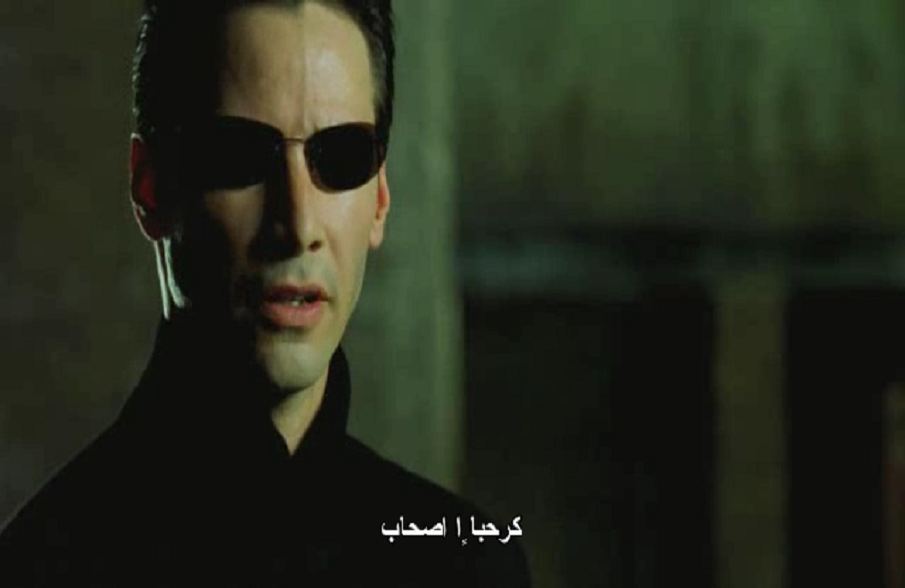“The end”, interview with actor George McKay
The End, Joshua Oppenheimer’s first narrative feature sees George McKay as the son in the last living family on planet earth
Listeners:
Top listeners:
 play_arrow
play_arrow
ENGLISH Channel 01 If English is your language, or a language you understand, THIS IS YOUR CHANNEL !
 play_arrow
play_arrow
ITALIAN Channel 02 Se l’italiano è la tua lingua, o una lingua che conosci, QUESTO È IL TUO CANALE!
 play_arrow
play_arrow
EXTRA Channel 03 FRED Film Radio channel used to broadcast press conferences, seminars, workshops, master classes, etc.
 play_arrow
play_arrow
GERMAN Channel 04 Wenn Ihre Sprache Deutsch ist, oder Sie diese Sprache verstehen, dann ist das IHR KANAL !
 play_arrow
play_arrow
POLISH Channel 05
 play_arrow
play_arrow
SPANISH Channel 06 Si tu idioma es el español, o es un idioma que conoces, ¡ESTE ES TU CANAL!
 play_arrow
play_arrow
FRENCH Channel 07 Si votre langue maternelle est le français, ou si vous le comprenez, VOICI VOTRE CHAINE !
 play_arrow
play_arrow
PORTUGUESE Channel 08
 play_arrow
play_arrow
ROMANIAN Channel 09 Dacă vorbiţi sau înţelegeţi limba română, ACESTA ESTE CANALUL DUMNEAVOASTRĂ!
 play_arrow
play_arrow
SLOVENIAN Channel 10
 play_arrow
play_arrow
ENTERTAINMENT Channel 11 FRED Film Radio Channel used to broadcast music and live shows from Film Festivals.
 play_arrow
play_arrow
BULGARIAN Channel 16 Ако българският е вашият роден език, или го разбирате, ТОВА Е ВАШИЯТ КАНАЛ !
 play_arrow
play_arrow
CROATIAN Channel 17 Ako je hrvatski tvoj jezik, ili ga jednostavno razumiješ, OVO JE TVOJ KANAL!
 play_arrow
play_arrow
LATVIAN Channel 18
 play_arrow
play_arrow
DANISH Channel 19
 play_arrow
play_arrow
HUNGARIAN Channel 20
 play_arrow
play_arrow
DUTCH Channel 21
 play_arrow
play_arrow
GREEK Channel 22
 play_arrow
play_arrow
CZECH Channel 23
 play_arrow
play_arrow
LITHUANIAN Channel 24
 play_arrow
play_arrow
SLOVAK Channel 25
 play_arrow
play_arrow
ICELANDIC Channel 26 Ef þú talar, eða skilur íslensku, er ÞETTA RÁSIN ÞÍN !
 play_arrow
play_arrow
INDUSTRY Channel 27 FRED Film Radio channel completely dedicated to industry professionals.
 play_arrow
play_arrow
EDUCATION Channel 28 FRED Film Radio channel completely dedicated to film literacy.
 play_arrow
play_arrow
SARDU Channel 29 Si su sardu est sa limba tua, custu est su canale chi ti deghet!
 play_arrow
play_arrow
“Conversation with” at the 20th Marrakech IFF, interview with actor Willem Dafoe Bénédicte Prot
 play_arrow
play_arrow
1.2 - Film Viewing: Dubbing, Subtitling and Voice-Over #FilmLiteracy fredfilmradio
(From intertitles to multiple language versions)
Another important part of how we watch films has to do with language. How do we watch films that speak a language other than ours? Again, we need to go back to the beginning of film history in order to understand what is available for us now.
When silent films were introduced and became popular, many people thought that finally, and for the first time ever, human beings had created a universal language, one that everybody could understand. Charles Chaplin’s most famous character, the Little Tramp, was at some point in the 20s considered to be the most iconic and recognisable image in the world and viewers in different countries considered him not as a British or American character, but as one of his. After all, he didn’t speak any language.
But this is not exactly true. Most people think that the translation of films started with introduction of sound in cinema in 1927 but actually, silent films also spoke different languages. As early as 1901, silent films started using intertitles, cards with printed text that were included in between images to convey dialogue or descriptions. When films had to be shown to foreign viewers, these intertitles were replaced with title cards in the viewers’ language.
With the introduction of sound, filmmakers and producers had to think of a different solution to translate films. The first one they came up with was very surprising: making the films again and again in many languages, sometimes with the same director and actors, some other times with different actors. They were called multiple language versions. In Paris, for example, the Joinville studio, founded by Paramount, made multiple versions of the same films in up to 12 languages 24 hours a day in 1930.
Of course, this was very expensive, so they soon had to think about alternative solutions to translate films, either revoicing the characters’ speech in another language or translating what they said as text at the bottom of the screen. This is how dubbing and subtitling were born.
(Dubbing)
In dubbing, the voices of the characters are replaced with voices in the translated language matching the lips of the actors on screen. The translation is done by translators and then voiced by dubbing actors working in a dubbing studio with instructions from a dubbing director.
The translators must make sure that the translation is almost exactly as long as the original in order to match the lips of the actors on screen. When there are close ups where only the face of the actors is seen on screen, the task is much more difficult. The translators must then make sure that whenever the actors close their lips (which happens when you pronounce a p, a t, an m, a v and an f), the translation also uses some of those letters to match the lip movements. So, for example, if there is a close up of the face of an actor saying “Good bye” in English, using “Adiós” in Spanish would be a good translation in terms of meaning, but it would not match the lips of the actors, which are closed with the word “Bye”, but not with “Adiós”. Maybe in this case “Nos vemos” (see you later) would be a better option.
Dubbing is the most common translation mode in Spain, France, Italy and Germany, and it is also used all over the world to translate animation and cartoons.
(Subtitling)
In many other countries, such as Portugal, the UK, Sweden, Norway, Denmark, etc., foreign films are usually subtitled. The viewers in these countries can hear the original voices of the actors and the words are translated normally at the bottom of the screen. Viewers who can understand the original language often complain that what appears written at the bottom of the screen is not always an exact translation of the audio. This is true but we must remember that subtitlers have to follow some rules and they are advised not to use more than two words every second, because otherwise most viewers would find it very difficult to read the subtitles and watch the images.
(Voice-over)
Finally, in some other countries, such as Poland, one person narrates the translation while you can still hear the voices of the original actors. The problem here is that there is only one voice speaking for all the characters and also that this voice doesn’t really show a great deal of emotion, so some of the intensity of the film may be lost.
Producing partner: University of Roehampton http://www.roehampton.ac.uk/home/
Voice Talents: Dylan Ayres, Sharon Fryer
Music: Bensound – Brazilsamba (Composed and performed by Bensound http://www.bensound.com)
Written by: fredfilmradio
Guest
Film
Festival
No related posts.
The End, Joshua Oppenheimer’s first narrative feature sees George McKay as the son in the last living family on planet earth
From the italian salt mine where the film was shot, the exclusive interview with Joshua Oppenheimer for The End
Inaugurata a Roma la nuova governance della Fondazione Film Commission di Roma e del Lazio.
ShorTS International Film Festival
At the 26° Trieste ShorTS, Director Aude Léa Rapin and producer Eve Robin will hold a masterclass on their creative partnership





© 2023 Emerald Clear Ltd - all rights reserved.